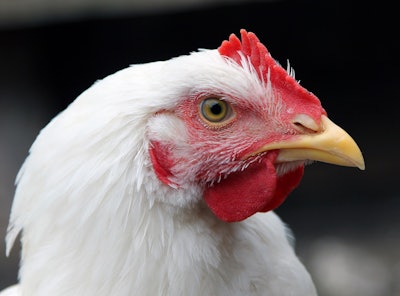
Organic livestock and poultry production standards will soon be more consistent and establish clear guidelines for producers.
According to U.S. Department of Agriculture (USDA) Secretary Tom Vilsack, the new Organic Livestock and Poultry Standards (OLPS) final rule will level the playing field for organic livestock farmers, ranchers and businesses and promote fairer and more competitive markets. Additionally, the rule will help strengthen consumer confidence in the organic label.
The amendments
The new, final rule clarifies six areas of production:
- Outdoor space requirements: OLPS sets minimum outdoor space requirements for organic poultry and requires ready outdoor access. Outdoor areas must be, at minimum, 75% soil and include vegetation.
- Indoor and outdoor living conditions: Shelters must have sufficient space for livestock to lie down, stand up, turn around, fully stretch their limbs or wings and express natural behaviors. Bedding areas must be sufficiently large, comfortable and hygienic.
- Poultry stocking densities: The rule sets requirements for indoor and outdoor stocking densities to align with advisory board recommendations, third-party animal welfare standards and public comments from organic stakeholders.
- Preventative health care practices: Producers must perform preventative health care practices that include nutrition and parasite prevention. Animals must be treated with allowed medicines to minimize pain, stress and suffering, when necessary, even if the animal loses its organic status.
- Physical alterations and euthanasia: Physical alterations are allowed only for identification purposes or safety. Certain alterations are prohibited altogether. Alterations must be performed at a young age and in a manner that minimizes the animal pain and stress. Humane euthanasia is only to be used if treatment is not an option.
- Transport, handling and slaughter: Operations must show how organic management and animal welfare will be maintained for transport of over eight hours. Animals must be fit for transport and transportation must be seasonally appropriate. Operations must adhere to USDA Food Safety and Inspection Service (FSIS) humane slaughter standards.
Current organic poultry producers have up to five years to implement the new regulations.
In August 2022, USDA proposed change to the rule and encouraged the public to comment. After receiving over 40,000 written comments, USDA held a listening session to hear public opinions on the proposed rule. The amendments are the biggest update to the organic regulations since the original rule was created in 1990.
"This organic poultry and livestock standard establishes clear and strong standards that will increase the consistency of animal welfare practices in organic production and in how these practices are enforced," stated Vilsack. "Competitive markets help deliver greater value to all producers, regardless of size."
Egg producers and porches
Under the previous organic rules, outdoor access practices for organic layers varied depending on the operation. While some egg producers provide large outdoor areas, others provide smaller screened or covered enclosures called porches that layers can access. However, the new rule eliminates porches and forces organic producers who use porches to build larger, and more expensive, outdoor areas.
It is important to note that some farms have organic houses built closely together, which makes building a new outdoor area for each house complicated, and potentially extremely expensive depending on the layout.
















